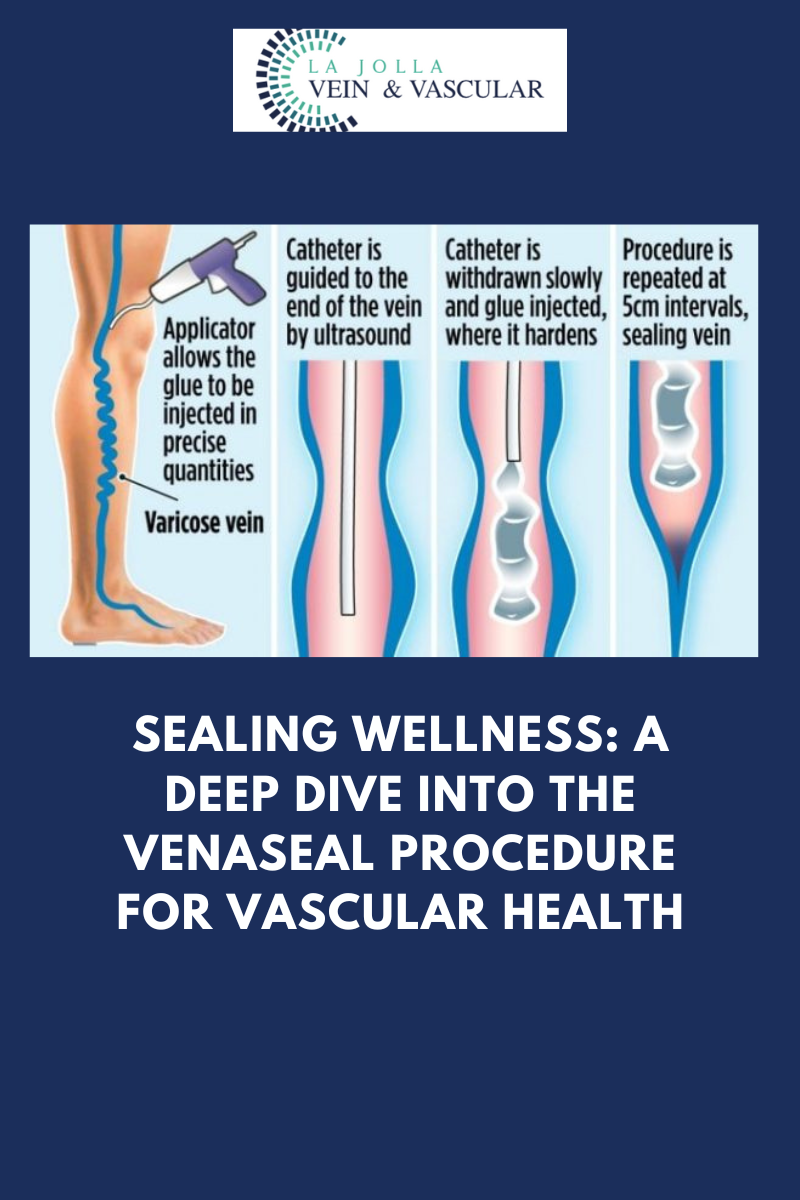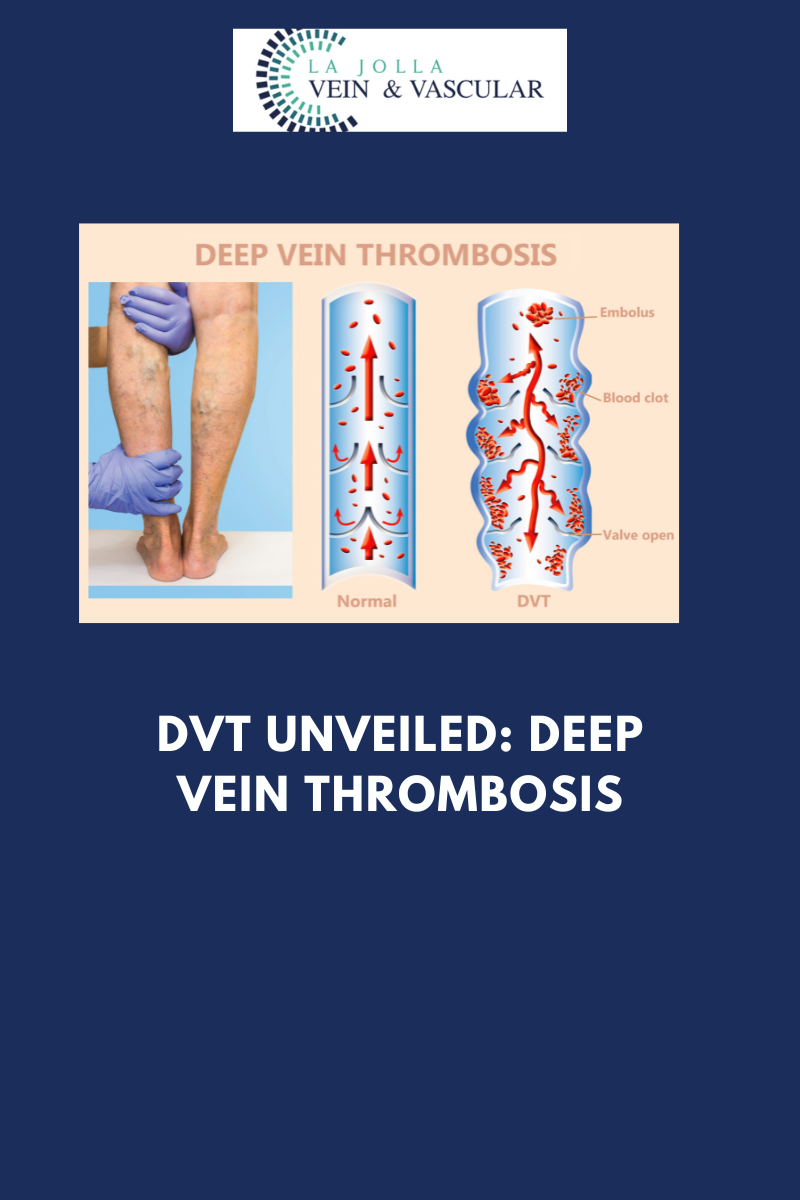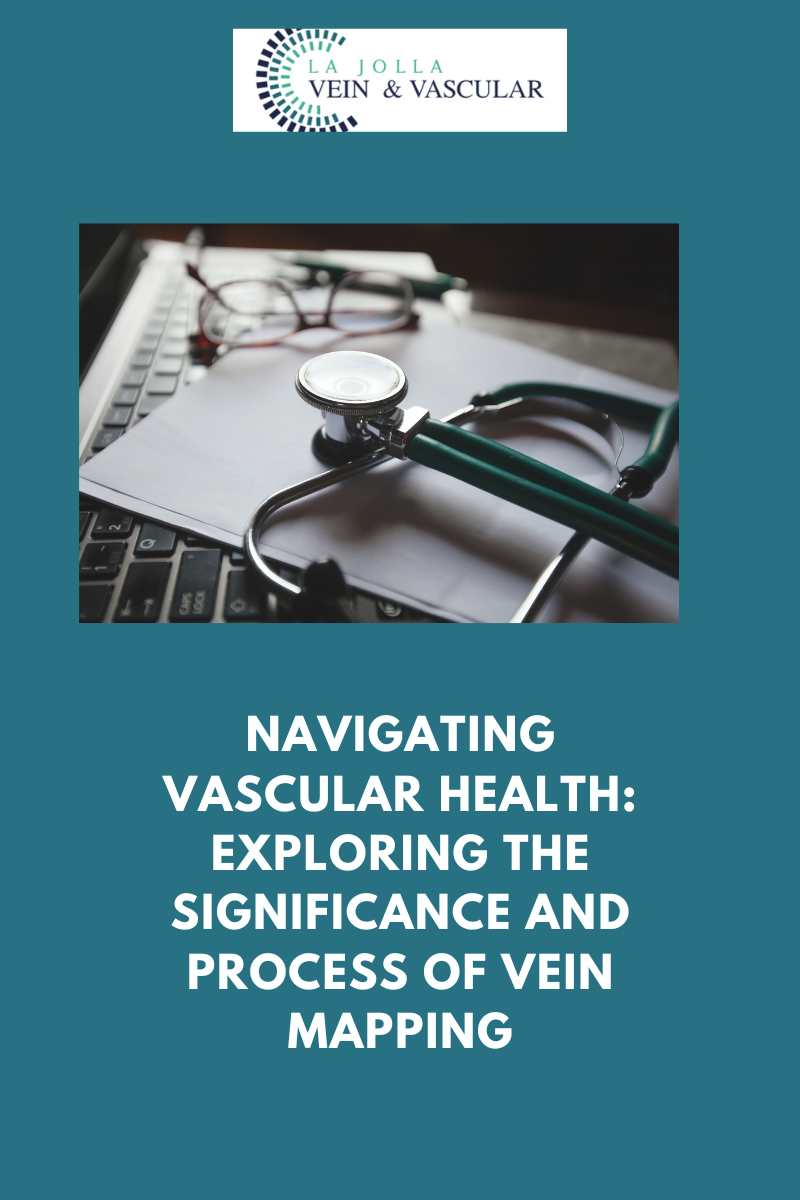Varicose veins or muscle hernia?

A muscle hernia of the legs is frequently confused with varicose veins. Patients may present with bulging along the outer part of the shin, that looks like a varicose vein. It may or may not be painful. It goes away with flexing the foot (pointing your toes to your head). But, to experienced vein care specialists, it is clearly a muscle herniation.
Varicose veins are the twisted, bulging veins just beneath the surface of the skin. Unlike a muscle hernia. Varicose veins are swollen, twisted veins that you can see just under the surface of the skin. These veins usually occur in the legs, but they also can form in other parts of the body. Varicose veins are a common condition.
Varicose veins are caused by leaky vein valves, which allow blood to pool within the veins causing them to stretch and become enlarged. Varicose veins can be an isolated finding, but the majority of the time, they are caused by underlying venous reflux disease. Venous reflux disease is also known as venous stasis, venous insufficiency or venous incompetence. Reflux may occur in the deep and/or superficial leg veins.
In our study, led by Dr. Nisha Bunke and published in the Journal of Vascular Ultrasound in 2018, we studied over 1,000 legs with varicose veins. Over 90% of the time, the source of the varicose veins were the great and small saphenous veins. The Great Saphenous Vein (GSV) courses up the middle of the thigh and calf and the small saphenous vein (SSV), which courses along the back of the calf. Normally, there are one-way valves within the leg veins, which help blood flow in one direction: toward the heart. This means blood is traveling against gravity. The calf muscle also helps move blood toward the heart. When vein valves are leaky, blood flows backward (reflux) towards the feet. Blood pools in the lower legs, causing bulging veins at the surface.
A Muscle hernia is a focal protrusion of muscle tissue through a defect in the deep fascial layer. Anterior tibial muscle is the most commonly affected muscle of the lower extremities because its fascia is the most vulnerable to trauma. Clinically it is characterized by asymptomatic or painful, skin-coloured, soft, subcutaneous nodules of various size depending on the position. The diagnosis is usually made clinically based on its typical manifestations, but ultrasonographic examination is useful for detecting the fascial defect and excluding other conditions caused by soft tissue tumors such as lipomas, angiolipomas, fibromas, schwannomas, or varicosities.
Usually, surgical treatment is not needed for a muscle hernia, but may be necessary for increasingly painful hernias.
At La Jolla Vein and Vascular, we frequently see muscle herniations that are confused with varicose veins. Using ultrasound technology and a clinical examination, we can make an accurate diagnosis.
For more information and to book a consultation, please give our office a call at 858-550-0330.
For more information please check out our Youtube Channel at this link.
For more information on varicose veins and eliminating underlying venous insufficiency, check this link out full of resources.





